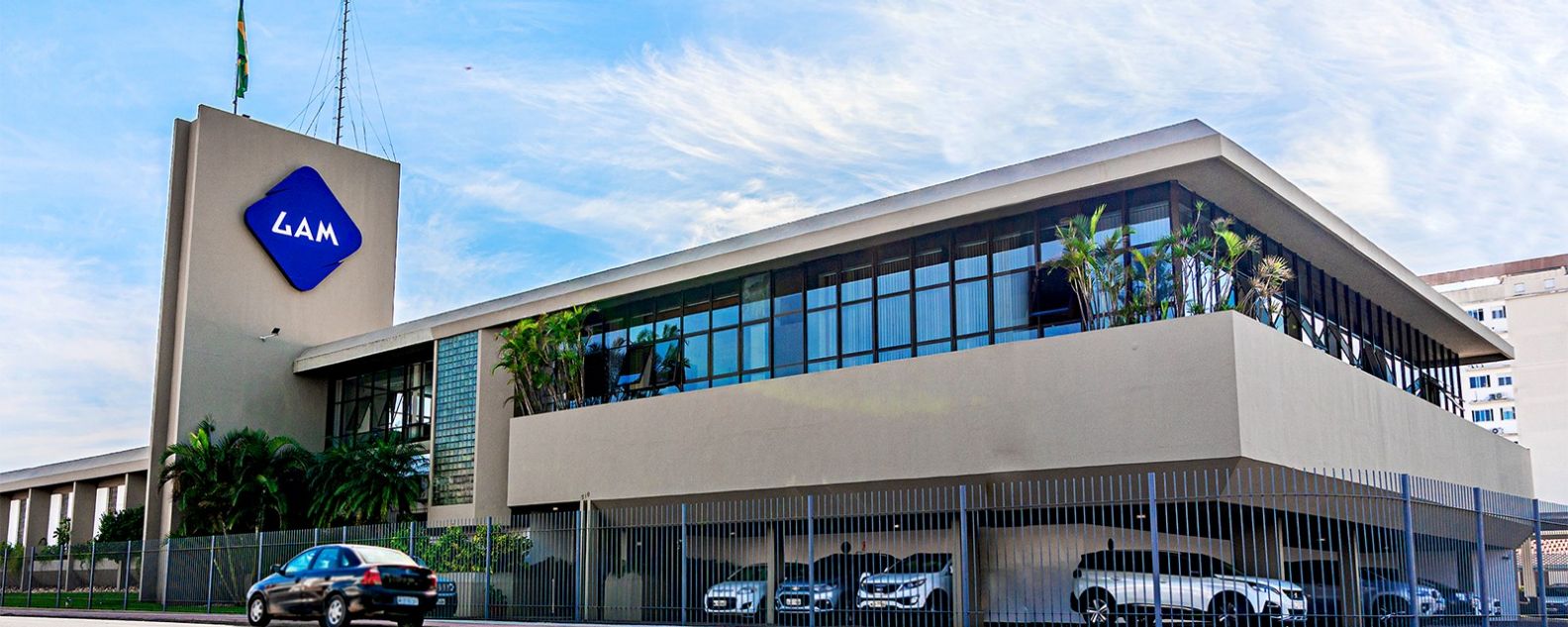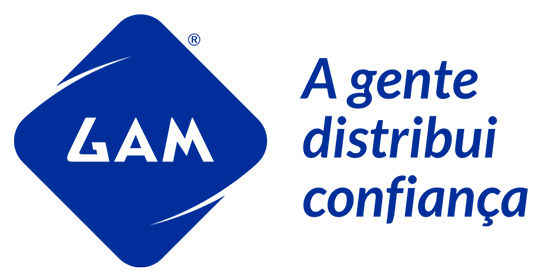About cookies on this site Our websites require some cookies to function properly (required). In addition, other cookies may be used with your consent to analyze site usage, improve the user experience and for advertising. For more information, please review your options. By visiting our website, you agree to our processing of information as described in IBM’sprivacy statement. To provide a smooth navigation, your cookie preferences will be shared across the IBM web domains listed here.
Enhancing workforce efficiencies with Robotic Process Automation
GAM uses bots to develop solutions and cut costs

In 1968, a young pharmaceutical employee, Genésio A. Mendes, made a life-changing decision to launch his own prescription distribution service. He sold his Volkswagen Beetle to raise capital and purchase some medicine. Mendes then delivered this medicine to pharmacies, riding his bike through the streets of Tubarão, Santa Catarina, Brazil. And the company, GAM Distributors of Medicines and Perfumery, was born.
Today, GAM serves more than 17,000 clients in the pharmaceutical, hospital and supermarket sectors. Nearly 700 employees work to distribute over 13,000 products throughout Brazil and across the pharma, hospital and food sectors. By focusing on integrity, innovation and the welfare of employees, GAM has grown to become a major player in Brazil’s logistics industry.
To support this growth, GAM developed a large back-office operation. Employees performed repetitive, manual tasks such as cutting and pasting information from one CRM solution to another, preparing price quotations for customers and gathering government-mandated tax certificates.
However, entering data manually resulted in errors. Customers often had to wait for quotes. These repetitive tasks reduced the time employees could devote to serving GAM’s customers and vendors.
GAM management realized it needed to streamline these processes to keep growing and remain competitive. “We have always focused on technology and innovation to keep us moving forward,” explains Lucas Remor, Process and Project Coordinator at GAM. “So, we decided to look for technology that could help us solve these issues. Robotic Process Automation, or RPA, was a promising solution.”
Cost savings
Automates manual and repetitive tasks, saving BRL 120,000 per year
Process automations
Within one year, automates 22 tasks and processes
Combining leading-edge technology with excellent service
GAM management approached three leading automation providers to determine the best fit for the company. After careful evaluation, they selected a Brazil-based IBM team for its excellent customer service and its successful proof of concept (POC) with IBM® Robotic Process Automation technology.
“IBM was an easy choice based on their customer service alone,” recalls Remor. “They took their time with us and provided detailed explanations to every question we asked. Whenever we reached out with a problem, IBM helped us find a solution.”
It was also essential that GAM employees felt comfortable working with the new bots. “IBM was instrumental in training our employees to use the bots,” says Remor. “Within very little time, our employees could see the bots weren’t there to replace them, but instead, to help them do their jobs better and faster.”
At the project’s start, GAM employees identified repetitive tasks within their teams. Then the company built bots to perform these specific functions. Soon, 12 people were using robotic processes and 15 were in training. Within roughly 12 months, GAM automated 22 tasks. The bots work seamlessly with websites, spreadsheets and the company’s ERP applications. And since everything runs in the cloud, GAM can increase capacity when needed.
By using IBM Robotic Process Automation technology, GAM realized significant savings. “We saved approximately BRL 120,000 per year on employee salaries when we automated manual and repetitive tasks,” says Remor. “Robots now carry out these tasks, with employees freed up to carry out intelligent, higher-value tasks.”
The company also improved three core tasks. The first task relates to how pricing quotations are prepared. In the past, when a potential new customer reached out to GAM for product pricing, an employee would spend hours searching websites for information. Today, a robot continuously looks for these quotations and responds quickly to requests, forwarding the information to an employee. As a result, prospective customers get the information they need much faster, improving service.
GAM also improved its vendor onboarding process. Before the bots, 4–5 people spent one hour each collecting information to qualify a new vendor. Today, a robot handles this task, freeing up to five hours in staff time, every day. Now, rather than filling out forms, staff can focus on managing vendors.
The company gained a third benefit in its collection of tax clearance certificates, called CNDs. Required by Brazilian law, these certificates verify that a company pays federal, state and municipal taxes on time. A bot now collects the CND certificates, which ensures that GAM always has valid documents on file.
RPA frees GAM employees from time-consuming processes and enables them to concentrate on more interesting, higher-value tasks. In addition, IBM’s simple editing capabilities give staff the power to program the bots without depending on IT personnel.
“Staff have moved from being wary about the bots to embracing them,” says Remor. “They have more time to do higher value work. Plus, they can use the bots to develop solutions for day-to-day problems, which makes work even more fulfilling.”
In addition, GAM sees greater sharing of ideas between different areas of the company. “When an area wants to automate a process, I help them consider the different solutions bots provide. With everyone working together, we often find an unexpected process for the bots to work on.”
With results like this, GAM management is planning to expand use of the bots in more areas of the company. Remor concludes: “The bots and staff working together have improved our business beyond anything we expected. Now, with IBM involved, we look forward to more innovations combined with the excellent service offered by IBM. This combination definitely gives us a leading edge in a very competitive market.”
NOTE:
The client featured in this case study initially engaged with WDG Soluções Em Sistemas E Automação De Proces LTDA which began conducting business as IBM on January 1, 2021. The WDG products in this case study, WDG Studio and WDG RPA, are now known as IBM RPA Studio and IBM RPA Solution respectively.
Headquartered in Tubarão, Santa Catarina, Brazil, GAM (link resides outside of ibm.com) distributes medicines and perfumes to pharmacies, hospitals and supermarkets. Founded in 1968, the company and its 700 employees now serve more than 17,000 clients throughout the country.
Legal
© Copyright IBM Corporation 2021. IBM Corporation, Hybrid Cloud, New Orchard Road, Armonk, NY 10504
Produced in the United States of America, March 2021.
IBM, the IBM logo, and ibm.com are trademarks of International Business Machines Corp., registered in many jurisdictions worldwide. Other product and service names might be trademarks of IBM or other companies. A current list of IBM trademarks is available on the web at “Copyright and trademark information” at ibm.com/legal/copyright-trademark.
This document is current as of the initial date of publication and may be changed by IBM at any time. Not all offerings are available in every country in which IBM operates.
The performance data and client examples cited are presented for illustrative purposes only. Actual performance results may vary depending on specific configurations and operating conditions. THE INFORMATION IN THIS DOCUMENT IS PROVIDED “AS IS” WITHOUT ANY WARRANTY, EXPRESS OR IMPLIED, INCLUDING WITHOUT ANY WARRANTIES OF MERCHANTABILITY, FITNESS FOR A PARTICULAR PURPOSE AND ANY WARRANTY OR CONDITION OF NON-INFRINGEMENT. IBM products are warranted according to the terms and conditions of the agreements under which they are provided.
